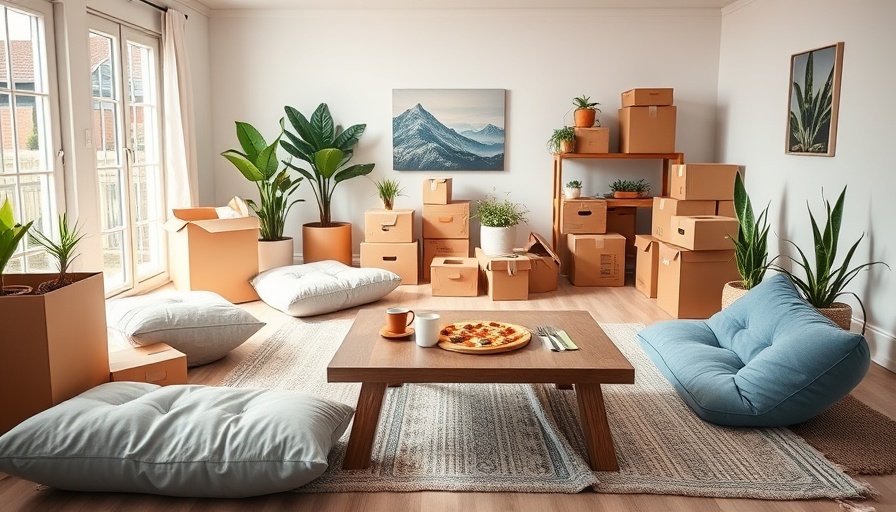
Essential Items to Kickstart Your New Home Journey
Moving into a new home is undeniably thrilling, but the success of your transition hinges largely on your preparation. After helping my friend move into a beautifully refurbished townhouse, I learned firsthand the striking difference that having essential household items makes. The bright living room was inviting, but without basic furniture, she faced chilly winter days perched on a fireplace or sitting on the floor. To avoid similar predicaments, let’s explore the essential items that will make your new house feel like home and have you living comfortably from day one.
1. Furniture: The Foundation of Comfort
Furniture isn’t merely an accessory; it’s an integral component of your living experience. As you transition from your previous dwelling, make sure your key pieces arrive on moving day. If you’re lacking furniture, bring basic items like chairs, a table, and a couple of folding mattresses. Trust me, the last thing you want is to navigate your new space without a place to sit!
2. The Versatile Tool Kit: Your New Best Friend
Every homeowner quickly realizes that a good tool kit is an indispensable part of home life. Fred Loguidice, a real estate professional, advises that a simple collection of tools can ease countless minor but essential tasks. Consider including a screwdriver set, hammer, measuring tape, utility knife, and a level in your kit. A strong drill with various attachments will also come in handy for any repairs or updates you might want to tackle in your new space.
3. Cleaning Supplies to Ensure a Fresh Start
Before you fully settle in, a top-to-bottom cleaning of your new abode is crucial. To achieve a spotless finish, gather all-purpose cleaner, bathroom cleaner, dish soap, paper towels, sponges, a mop, and a vacuum. Don’t forget window cleaner for those reflective surfaces, ensuring your space sparkles upon arrival. This fresh foundation is a great way to ensure your home is a healthy living space.
4. Trash Management: Keeping Things Neat
Tasked with making arrangements for trash pickup? Don’t forget to have at least one trash can and several trash bags ready before move-in day. For your kitchen, having an organized trash bin is a must, and placing additional bins in bathrooms and other areas will make the entire house feel more manageable. This helps to create a sense of order right from the beginning, which is essential for a stress-free environment.
5. DIY Home Tips for Personalization
Once you have settled in, consider personalizing your space. Explore DIY home decor ideas that reflect your tastes and style. Whether it’s a fresh coat of paint or unique wall art, DIY home improvement projects not only enhance the aesthetics but also contribute to your emotional attachment to the space. Creative touches like DIY home crafts and decor will bring warmth and character to your new surroundings.
6. Leveraging DIY Hacks for a Budget-Friendly Makeover
While setting up a new home can get expensive, there are countless DIY home hacks that can make renovations budget-friendly. From furniture upcycling to clever storage solutions using household items, being resourceful can allow you to elevate your home without breaking the bank. These DIY home improvement ideas will help you not only save money but also make your environment uniquely yours.
7. Creating a Safe and Organized Home
Safety should always be a priority in your new home. As you get acclimated, evaluate your space for potential hazards and prepare for DIY home repairs as necessary. Additionally, effective organization strategies—like DIY home storage solutions—can not only keep your living space clean but also make daily living effortless. This practicality is key to truly enjoying your new home.
Conclusion: Embrace Your New Beginning
As you embark on this exciting journey of homeownership, the essentials you gather will set the stage for comfort and enjoyment in your new space. Investing time and effort in organization, cleaning, furnishing, and personalizing your home will pay off immensely. Embrace the process, and allow your home to reflect your personality and lifestyle. Whether you’re a seasoned DIYer or just starting, there are endless opportunities to create a safe, functional, and inviting environment that you will love.
 Add Row
Add Row  Add
Add 




Write A Comment